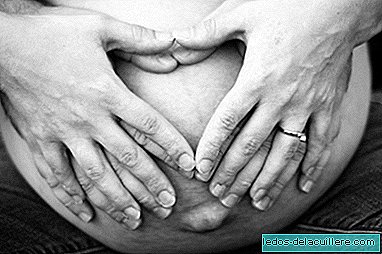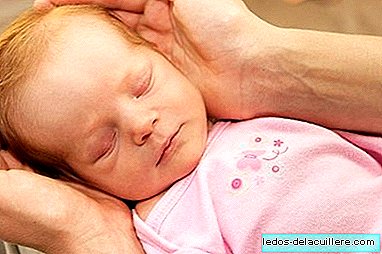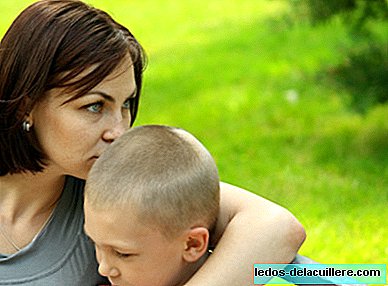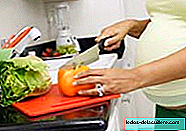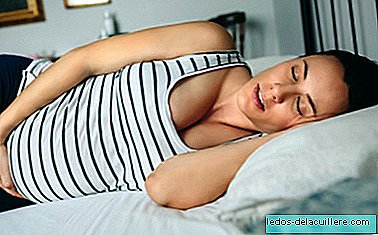
Bones support us, shape our body and protect vital organs in case of injuries (the skull covers the brain, and the rib cage to the heart and lungs, for example). They are so resistant as to support the weight of muscles, organs and circulatory system, and yet they are also light, being able to become vulnerable by an inadequate 'maintenance'.
Bones not only move with us, but they are also alive and in young people they continue to develop until they are approximately 25 years old. The keys to preventing bone problems in adulthood and old age are good nutrition and an adequate level of physical exercise, which - in addition - help them to be more resistant.
A balanced diet that provides enough calcium to the bones
We always hear about dairy as the most important source of this mineral, and yet this statement is very partial because there are many other animal or vegetable foods that contain generous amounts of calcium, and discovering them enriches our diet, while offering us alternatives if our children are allergic to milk proteins, lactose intolerant, or simply do not like milk or yogurts.
What products provide calcium? blue fish, eggs, legumes, nuts, and vegetables such as spinach, chard, broccoli, and generally those that have a dark green color; also cereals, especially if they are whole grain.
We must never forget that calcium it is not absorbed well if there is vitamin D deficiency (and this is the reason that the milk is enriched with this vitamin), so it seems logical that a varied diet and some exercise during the hours of sun, help the bones of the little ones.
Bones fit thanks to movement
Inactivity or sedentary lifestyle have never been good for health, and considering that children spend at least four and a half hours a day sitting at school (I have discounted recess), and that they receive only two to three hours of weekly physical education, Surely it is a good idea to teach them to enjoy outdoor exercise.
Running, walking, skipping rope are activities that any child starts spontaneously. Though also scheduled sports are worth such as skating, soccer, sports gymnastics, etc. The question is to avoid the chair as much as possible, rather than when it is very necessary to rest.
When we move, the bones become stronger and the muscles get fit, the blood also circulates better, and overweight can be avoided in the long term.
More tips?
Very heavy backpacks are a problem for the well-being of the smallest bone system.
Let's not fall into the trap of overloading children's leisure time with intense sports activities.
You can not consume calcium supplements, or vitamin D, or abuse of enriched dairy, without first consulting with the pediatrician.
If we realize that the child has persistent pain at some point of the bone, or limps, we should consult with the doctor to rule out some type of major bone problem.
The key as always is in balance and naturalnessFor example, if my child eats legumes three days a week and nuts every day, if he also eats a lot of vegetables at two of the main meals of the day, does he need to drink three glasses of milk? Probably not, and also may not It will suit him very well.
Another example: if a child plays outdoors for two or three hours a day, is it necessary to force him to practice basketball with intensive training three days a week? Well, because one thing is that they ask for it, and another thing that we confuse physical activity with regulated sport.
In any case, the bones are for a lifetime, how we take care of them will depend on their response when children grow up.



